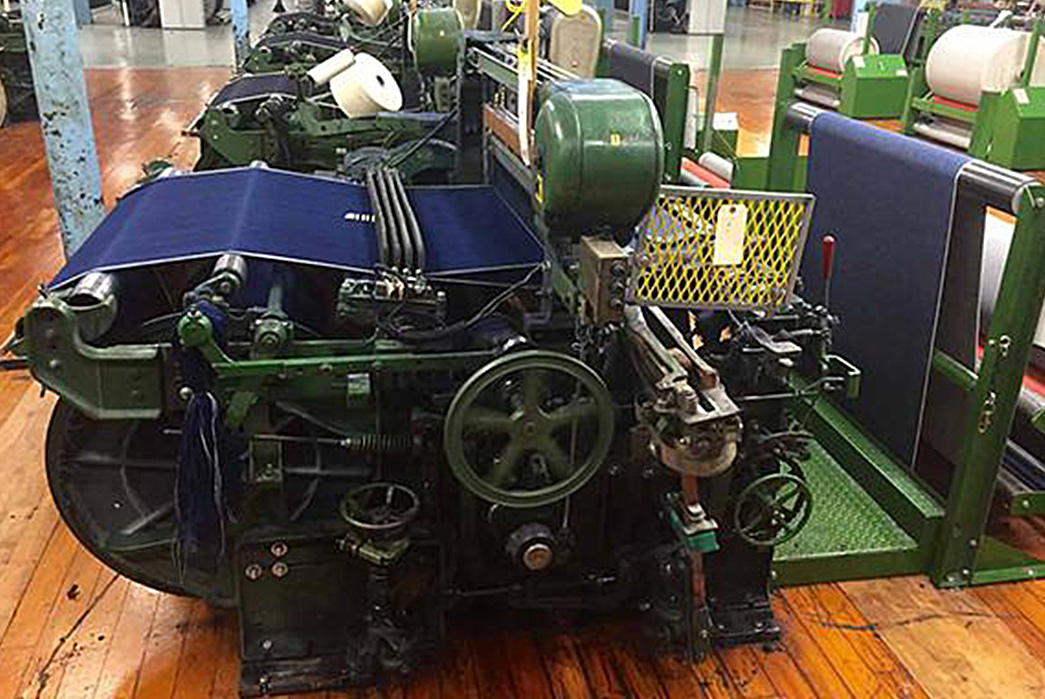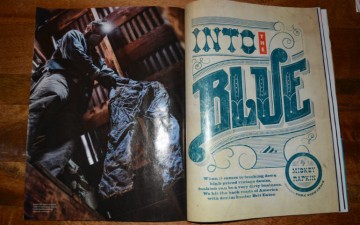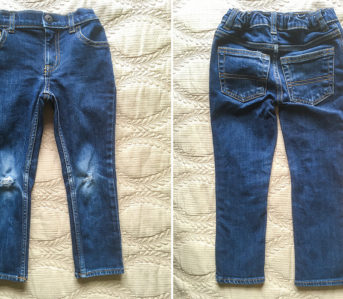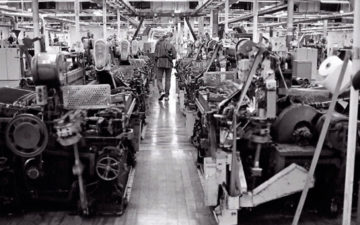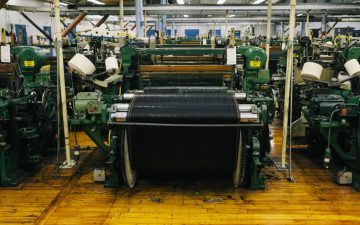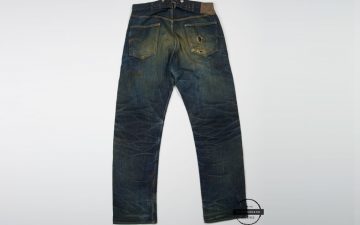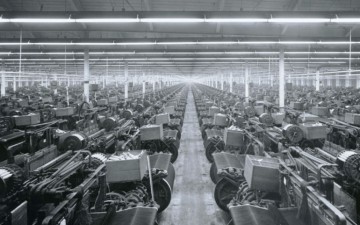One of the greatest tragedies in heritage denim was the closure of Cone Mills White Oak plant at the end of 2017. The Greensboro, North Carolina facility was the last and oldest operating selvedge denim mill left in the United States. We investigated the many reasons behind the closure in a piece last year, but there was much speculation surrounding what would happen to the plant itself and the 40-some Draper X3 weaving looms that made the fabled selvedge denim.
Today, Cone announced that all the looms would be sold to a “local investor” named Will Dellinger, save for one that would be donated to the Greensboro History Museum. We were able to talk with Mr. Dellinger and explore his future plans for White Oak.
Dellinger is the founder and CEO of JW Demolition, a demolition and hazardous materials remediation contractor based in Charlotte, North Carolina and the new owner of the White Oak property. His plans for the property, however, are far from destructive. Cone Mills sold him everything White Oak but the Draper looms in January of 2018 and, after some convincing of Cone Mills management, he now has the entire collection.
There are 45 Draper X3 looms left, some of which dating back to the 1940s, which Dellinger has every intention to get back up and running. After buying the White Oak site, he explained that he developed a deep appreciation for the place and the people who ran it after taking possession last year, “Through buying the White Oak site, I had the opportunity to meet and understand what this place means. I want to preserve it as best I can.”
Dellinger plans to keep the looms in Greensboro and hopefully in the White Oak plant itself and, pending insurance liability, allow visitors to see these historic machines in action. Although they won’t be able to do spinning, dyeing, and finishing like the original plant, he plans to use loom beams to weave selvedge denim at the same White Oak standards, rehiring many of the old White Oak workers in the process.
While the denim will be running again in the near future, the entirety of the facility will not survive into this next chapter in White Oak’s life. The mill itself covers 1.8 million square feet (the equivalent of over 30 football fields), and some of the less historically significant portions of the building will need to be demolished to give the place a sustainable overhead for the new operation.
All things considered, this seems to be the best possible ending to the White Oak story. It’s still all speculation, but we’re looking forward to seeing denim roll off of a Draper loom on the White Oak property in the near future.
Lead image via Left Field.

